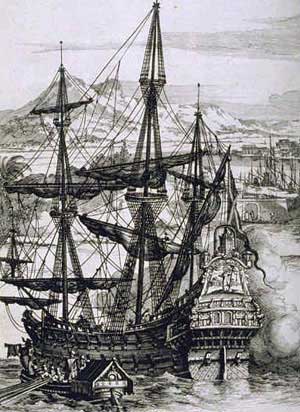|
Celestino Fernández-Villar
Celestino Fernández-Villar (April 2, 1838 – April 29, 1907) was an Augustinian friar and botanist born in Asturias, Spain. Life Fernández-Villar was born in Asturias, Spain on April 2, 1838. He studied as a seminarian in Oviedo. In 1855 he began his monastic training as an Augustinian novitiate in Valladolid. From 1859 to 1877 he served the convent associated with the Basilica del Santo Niño in Cebu City, Philippines. In 1877 he moved to Manila to lead the work on the third edition Francisco Manuel Blanco's ''Flora de Filipinas'' until 1883 . He was a parish priest in Miagao until 1885. He then travelled on church business to Rome, China, and Australia. From 1893 to 1897 he served as a pastor in the Philippine municipality Alimodian. After being taken prisoner during the Philippine Revolution he was shot 3 times on October 31, 1898 but survived and was able to seek safety in Iloilo. He then retired to Manila, where he died on April 29, 1907. Awards In recognition ... [...More Info...] [...Related Items...] OR: [Wikipedia] [Google] [Baidu] |
Asturias
Asturias (; ; ) officially the Principality of Asturias, is an autonomous communities of Spain, autonomous community in northwest Spain. It is coextensive with the provinces of Spain, province of Asturias and contains some of the territory that was part of the larger Kingdom of Asturias in the Middle Ages. Divided into eight Comarcas of Asturias, ''comarcas'' (counties), the autonomous community of Asturias is bordered by Cantabria to the east, by Province of León, León (Castile and León) to the south, by Province of Lugo, Lugo (Galicia (Spain), Galicia) to the west, and by the Cantabrian Sea to the north. Asturias is situated in a mountainous setting with vast greenery and lush vegetation, making it part of Green Spain. The region has a oceanic climate, maritime climate. It receives plenty of annual rainfall and little sunshine by Spanish standards and has very moderate seasons, most often averaging in the lower 20s Celsius. Heat waves are rare due to mountains blocking s ... [...More Info...] [...Related Items...] OR: [Wikipedia] [Google] [Baidu] |
Philippine Revolution
The Philippine Revolution ( or ; or ) was a war of independence waged by the revolutionary organization Katipunan against the Spanish Empire from 1896 to 1898. It was the culmination of the 333-year History of the Philippines (1565–1898), colonial rule of Spain in the archipelago. The Captaincy General of the Philippines, Philippines was one of the last major colonies of the Spanish Empire, which had already suffered Spanish American wars of independence, a massive decline in the 1820s. Cuban War of Independence, Cuba rebelled in 1895, and in 1898, the United States Spanish–American War, intervened and the Spanish soon capitulated. In June, Philippine revolutionaries Philippine Declaration of Independence, declared independence. However, it was not recognized by Spain, which sold the islands to the United States in the Treaty of Paris (1898), Treaty of Paris. Led by Andrés Bonifacio, the Katipunan was formed in secrecy in 1892 in the wake of the nascent La Liga Filipina ... [...More Info...] [...Related Items...] OR: [Wikipedia] [Google] [Baidu] |
19th-century Spanish Roman Catholic Priests
The 19th century began on 1 January 1801 (represented by the Roman numerals MDCCCI), and ended on 31 December 1900 (MCM). It was the 9th century of the 2nd millennium. It was characterized by vast social upheaval. Slavery was abolished in much of Europe and the Americas. The First Industrial Revolution, though it began in the late 18th century, expanded beyond its British homeland for the first time during the 19th century, particularly remaking the economies and societies of the Low Countries, France, the Rhineland, Northern Italy, and the Northeastern United States. A few decades later, the Second Industrial Revolution led to ever more massive urbanization and much higher levels of productivity, profit, and prosperity, a pattern that continued into the 20th century. The Catholic Church, in response to the growing influence and power of modernism, secularism and materialism, formed the First Vatican Council in the late 19th century to deal with such problems and confirm cer ... [...More Info...] [...Related Items...] OR: [Wikipedia] [Google] [Baidu] |


